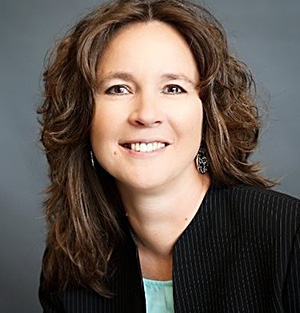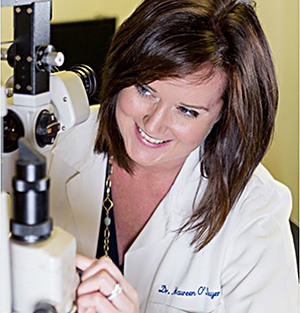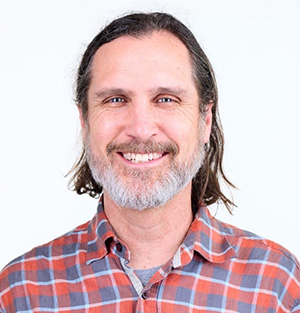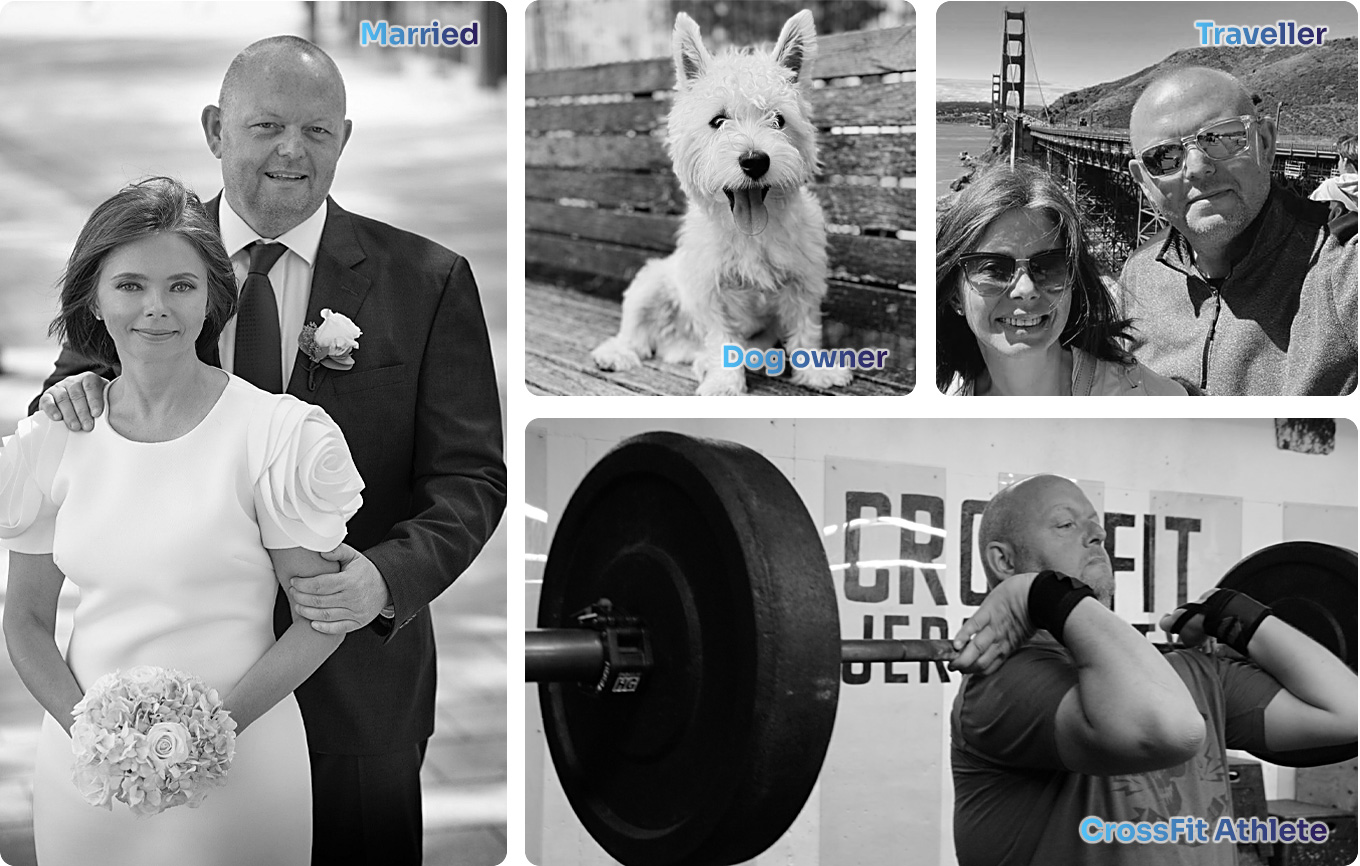Tech CEO, Founder and Entrepreneur

I’m an entrepreneur and develop software products and companies. I have formal education in computer science, originally working as a software developer.
Over the years, I’ve dealt with all aspects of launching products and running technology companies.

My Recent Works
I founded AutoRemind in 2006. It is a Healthcare IT company that works in human and animal health. AutoRemind has since helped 1000s of practices communicate electronically with their clients. This company has clients in many parts of the world and has offices in Denmark and in the Greater New York Metro area.

We Provide Workflow Automation, Practice Marketing and Patient Communication
AutoRemind offers practice automation, patient engagement and practice marketing software to help your practice be more efficient, grow your business, and make it convenient for your patients to communicate with you.
Autoremind.com

Public Speaking
I do a fair amount of public speaking on Human and Animal Health. I mostly give educational presentations and talk about how technology can be used in the dialogue between a healthcare office and a client. I like to use real-life examples and a “seeing is believing” approach to simplify and explain how technology can help improve efficiency, communication, and convenience for clients. I also contribute articles on similar topics to AutoRemind’s INSPIRE page.
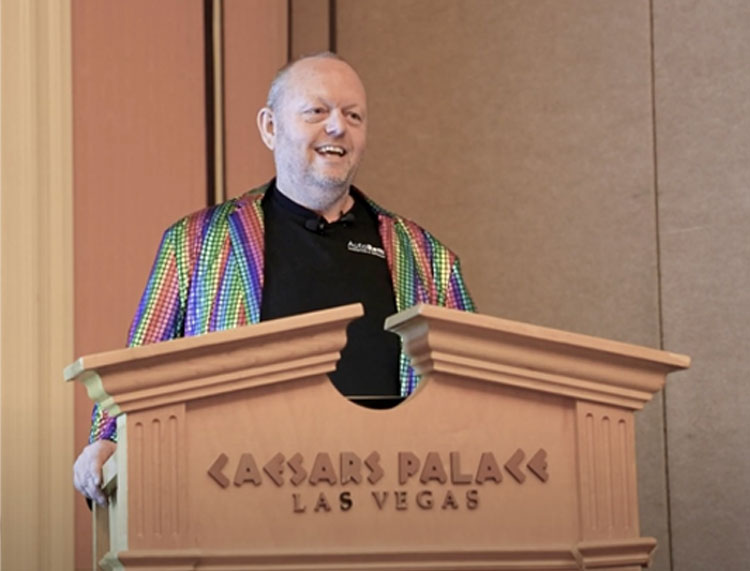
Experience

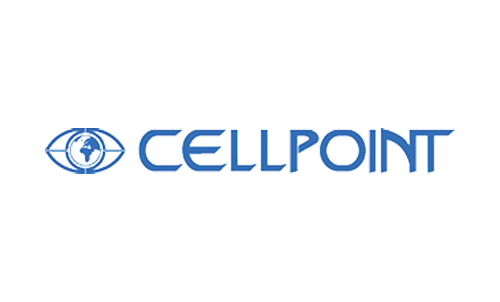
Cellpoint
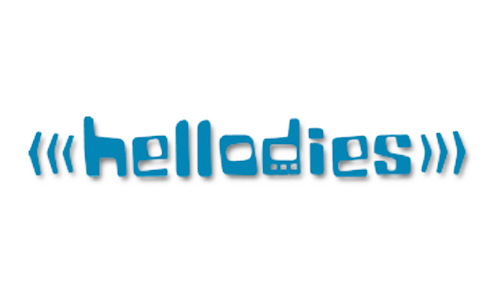
Hellodies
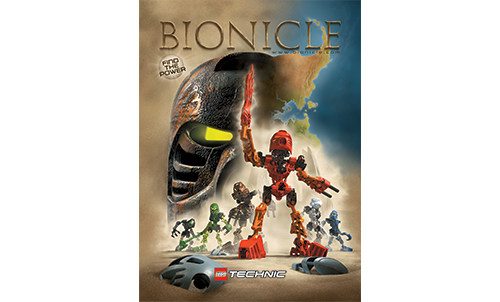
Bionicle

Ghost
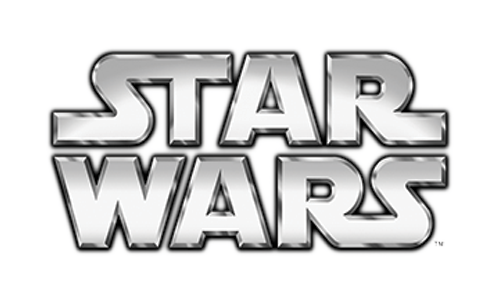
Star Wars
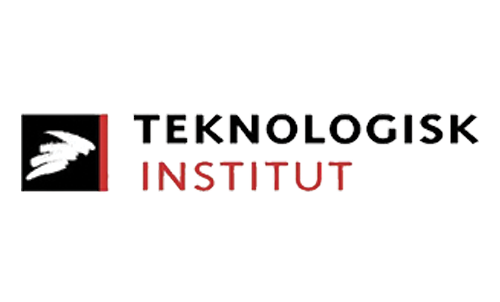
Technology Institute of Denmark
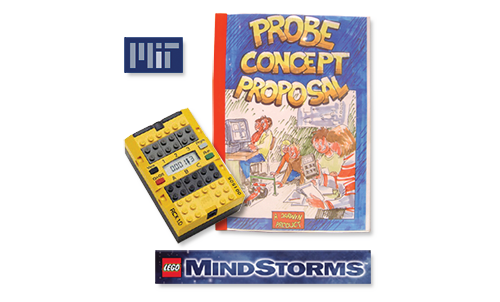
Mindstorms
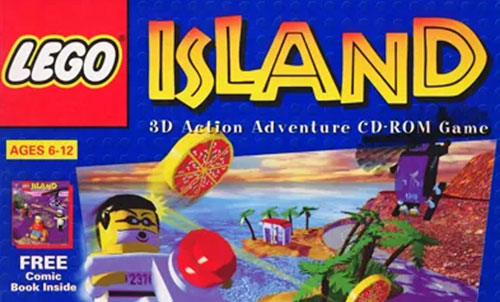
Lego Island

Microsoft
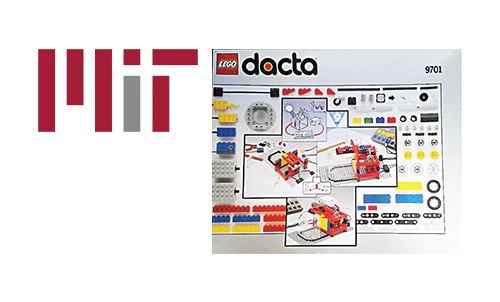
LEGO Dacta

LEGO
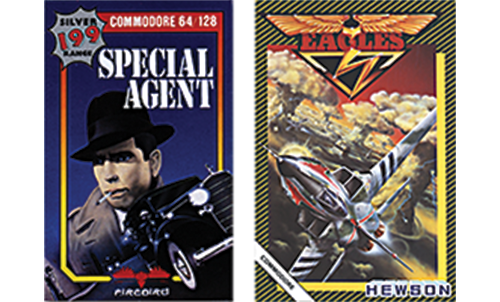
Computer Games





